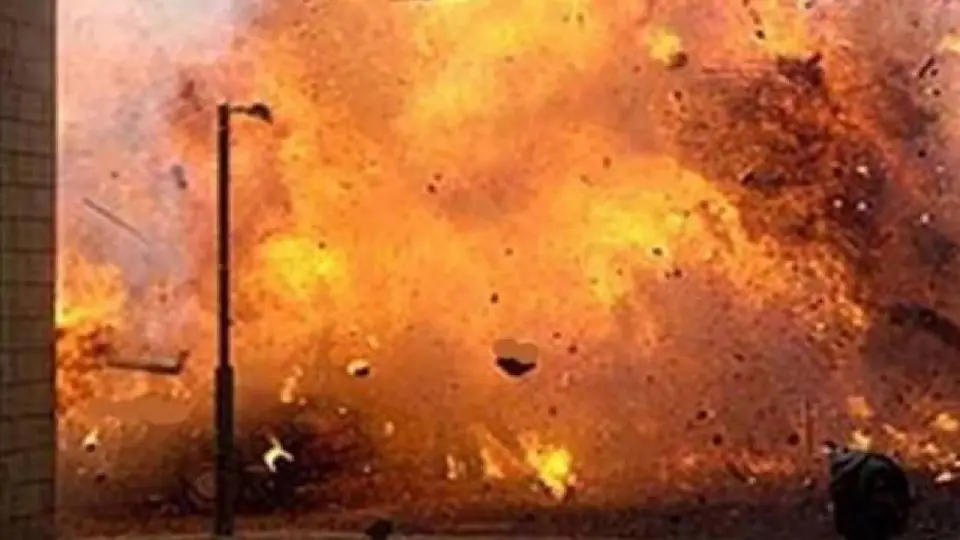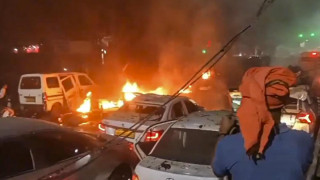
Delhi Blast, Red Fort (Credit: OpenAI )
Delhi: It is not yet clear what type of explosive was used in the car blast near the Red Fort. Detailed forensic and NSG reports are yet to provide conclusive findings. Based on initial investigation, experts believe that considering the damage and intensity of the blast, there are indications of military-grade or high-octane explosives, but the final decision can be taken only when the lab reports come out.
The forensic team has collected around 42 pieces of evidence from the spot, which includes tires, chassis, a CGC cylinder, bonnet pieces, other remains, and powder samples of the i20 car found at the spot. The importance of these samples lies in the fact that through laboratory tests, the chemicals used in the explosion can be identified and the explosion mechanism can be estimated.
The investigators are seeking an opinion from the forensic department on the plausibility of PETN, Semtex, and RDX. Early indications point to the use of ammonium nitrate-fuel oil (ANFO) and detonators, as ANFO is often considered a readily available and inexpensive option in IEDs. Still, the use of super-compounds like PETN or RDX cannot be completely ruled out; this will depend on the final forensic report.
PETN (pentaerythritol tetranitrate) is one of the most powerful explosives. It looks like colorless crystals and is difficult to identify without a laboratory. Even small amounts of PETN can cause massive destruction, which is why terrorist networks often prefer it. Also, PETN and Semtex do not require shrapnel to be explosive—they produce devastating effects on their own.
Investigators believe it was a well-planned detonation system, possibly activated by a timer/clock-based trigger, small button-type batteries, and detonators in the car. If ammonium nitrate-fuel oil is used, it can also create a supersonic shock wave, which is released at very high energy intensity and produces massive shock effects.
An earlier high-profile case from 2011 also initially suggested a mixture of ammonium nitrate and PETN, while the Home Ministry later mentioned RDX. The existence of such options reflects that forensic findings are sometimes complex and changing, so every claim remains open to doubt until a final report comes out.
The next and important step is the arrival of detailed reports from the forensic and NSG labs. Only those reports will clarify the type of explosive, its source, supply chain, and technical details of the explosive system used. Along with this, the investigators are also intensifying the investigation of CCTV of the incident site, mobile data, sources of bomb material, and the presence of any suspicious supplier.













Copyright © 2025 Top Indian News
